Do your tires rub when making turns, and do you want to know what you can do about it? You’ve come to the right place, for we have researched this question, and we have the answer for you.
There are several reasons why your tires rub when you turn. What you need to do to address it depends on the reason why the tires rub. Here are some of the most common causes:
- Upgrade from stock to aftermarket wheel, tire, or both
- Change in the wheel offset
- Installation of wheel spacers
- New replacement tires
- Suspension issues
- Extreme wheel misalignment
Read all about the different causes of tire rubbing in the succeeding sections and determine which one applies to your situation. Additionally, you’ll learn about what to do to resolve the rubbing issue with your tires in the sections below.
![New Tire and rim installed in a silver white car, Tires Rubbing When Turning [Inc. On Fender] - What To Do?](https://vehq.com/wp-content/uploads/2022/06/Tires-Rubbing-When-Turning-Inc.-On-Fender-What-To-Do.png)
How does an upgrade from stock tires to aftermarket tires cause rubbing?
Upgrading the wheels and tires from stock is a popular upgrade for almost all types of personal vehicles. This is done for both performance and aesthetic reasons—although the latter reason might be more common than the former.
Unfortunately, most cars are designed around the measurements of each other components to make the components work better with each other. The tires and the wheel well follow this same principle.
What this means for aftermarket tires is that the wheel well is closely designed around the measurement of the stock tires that even the slightest difference in the size of the aftermarket tires can cause rubbing.
If you have a used car and you didn’t replace the tires that came with it, then the former owner probably replaced the stock tires.
If you’re not into larger tires and would just rather have the stock tires, you can check the user manual to get the factory size of your car’s tires. Revert the tires to the factory size, and it should take care of the rubbing problem.
However, if you prefer to keep the larger tires and would like to take care of the rubbing problem, you will have to make some modifications to the wheel well and the fender of your car to accommodate the larger tires.
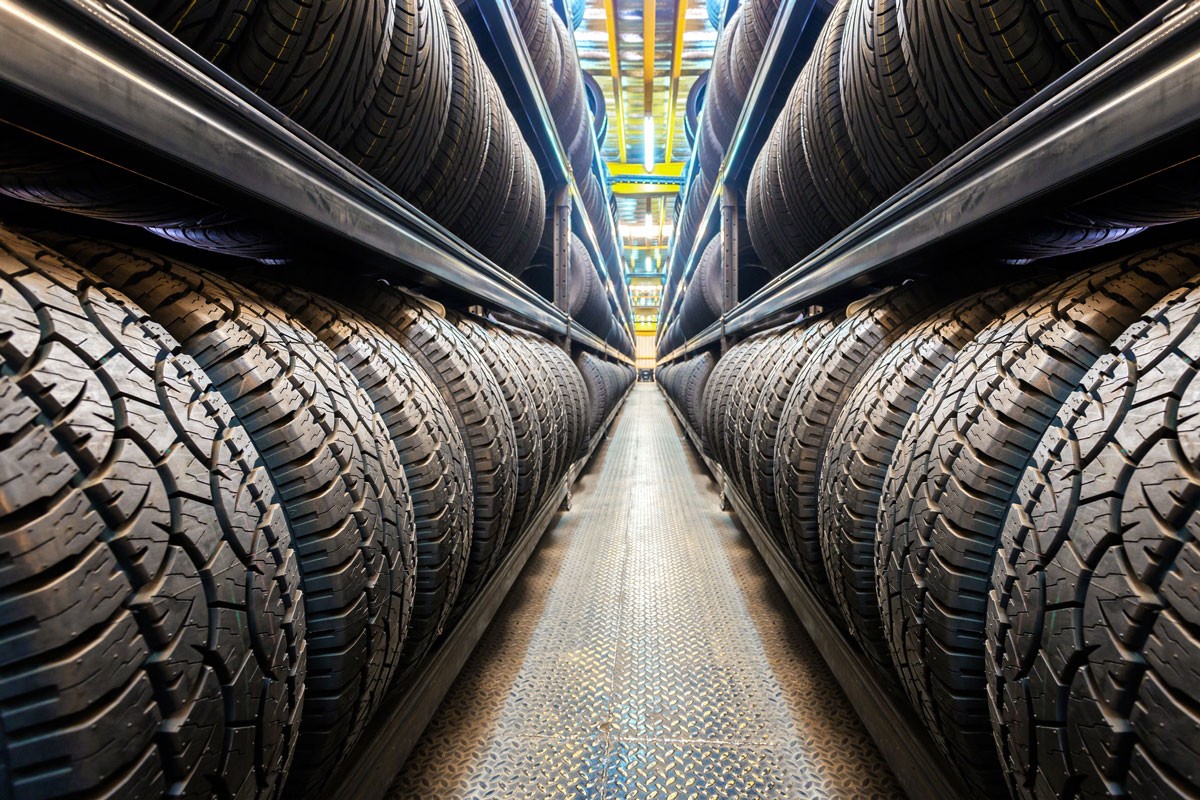
Areas That Can Experience Rubbing
The most common rubbing that you will experience when you replace factory wheels and tires is on the wheel well lining. A larger tire, a larger wheel, or a combination of both can easily give you a tire size that is too big for the wheel well space to accommodate.
This type of rubbing can be dangerous because your tires can end up rubbing against the metal parts of your car, and this can strip your tires.
Suspension Rubbing
When you install tires that are wider than the factory tires, the new tires can rub against the suspension. This can also happen when you replace your rims with too much inside width.
Rubbing against suspension components can also cause tire stripping. However, this can be more dangerous because the stripping is not visible, and you are not aware of how much of the tire has been stripped. Without this awareness, you run the risk of bursting your tires while driving.
Brake System Rubbing
Replacing your rims can also cause them to rub against the brake calipers if the inside area of the new rims is too small. Rims with too little clearance area can also experience rubbing when the wheels buck under heavy loads or when hitting deep potholes at high speeds.
Steering Axis Rubbing
A change in the rims will very rarely rub against the steering wheel bearings unless there is a change in the lateral location of the tires.
This type of rubbing can greatly affect handling. It can also produce too much stress on the wheel bearings, thus accelerating the wearing of these parts.
How to stop tire rubbing?
Having larger tires necessitates an adjustment on the wheel well—particularly the wheel well liner. Some mechanics can adjust the wheel well liner by heating it and then stretching it inward to create more space for a bigger wheel.
Stretching the wheel well liner after applying heat is a slow process. Additionally, a wheel well liner can only be stretched to a certain length. Consult with a tire specialist before installing larger tires on your car.
How does changing the wheel offset cause rubbing?
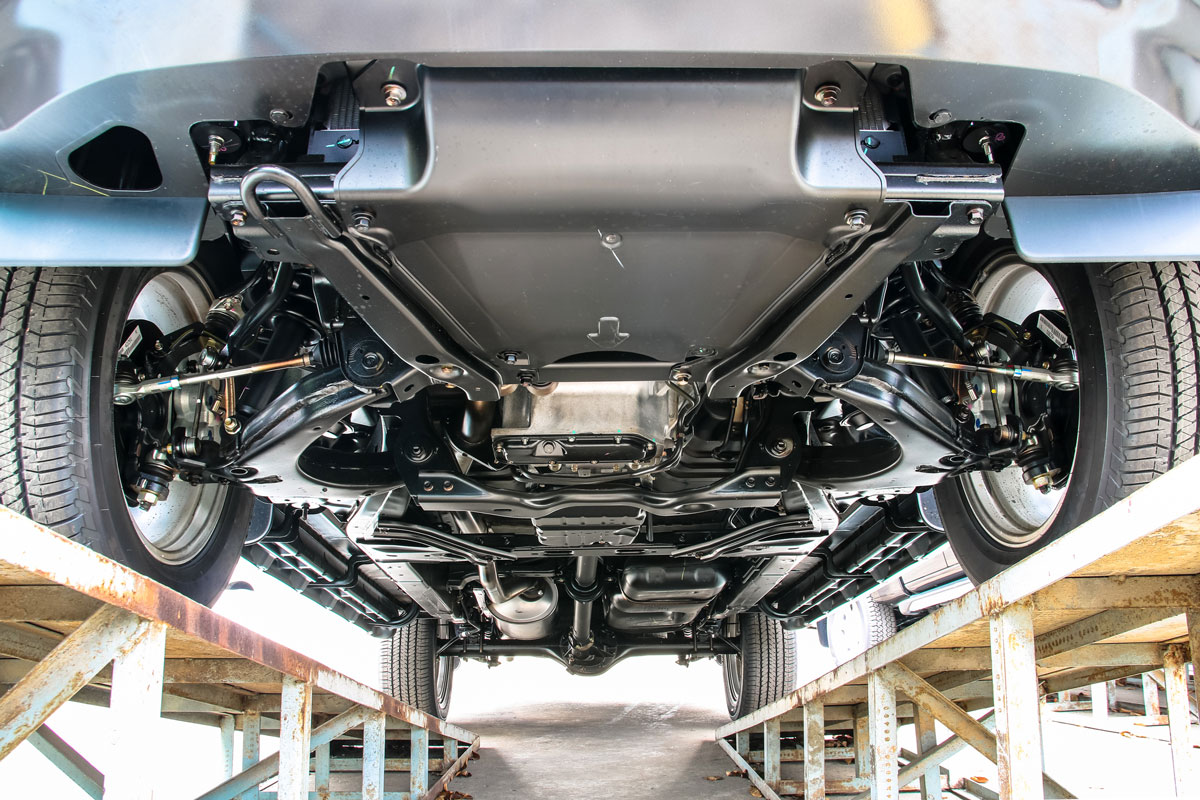
Before we talk about how wheel offsets cause tire rubbing, we need to talk about what a wheel offset is.
A wheel offset is a total distance between the center plane of the wheel and where the wheel is connected to the wheel hub.
A positive offset means that the mounting surface of the wheel is closer to the outer side of the tire. A negative offset, on the other hand, means that the mounting surface of the wheel is closer to the inner side of the tire.
If the mounting surface is at the exact center of the wheel, then the offset is zero.
The offset can cause rubbing because its position influences how close or far the tire will be from the walls of the wheel well, the suspension components, and other nearby car parts.
Following this concept, a positive offset moves the tires closer to the suspension and other car parts on that side. A negative offset moves the tires farther from the suspension but closer to the inside wall of the wheel well and the fender.
Too much offset (positive or negative) will cause rubbing. It is only a question of which components the tires will rub against. Thus, it is better to measure the right offset to match the size of the tire and the space inside the wheel well.
Matching the offset of the new wheel with the factory offset is also a good idea.
You can install spacers to adjust a positive offset to prevent rubbing.
And this brings us to the next section.
Check out these wheel spacers on Amazon.
How do wheel spacers cause tire rubbing?
Spacers adjust a positive wheel offset and bring it closer to zero. However, if you install too much spacer, you will end up with a negative offset that can cause your tires to rub against the inside of the wheel well or against the fender.
If this is the cause of your recent tire rubbing, you can reduce the spacer to make the offset closer to zero. This should reduce the possibility of rubbing.
How can the installation of new tires cause rubbing?
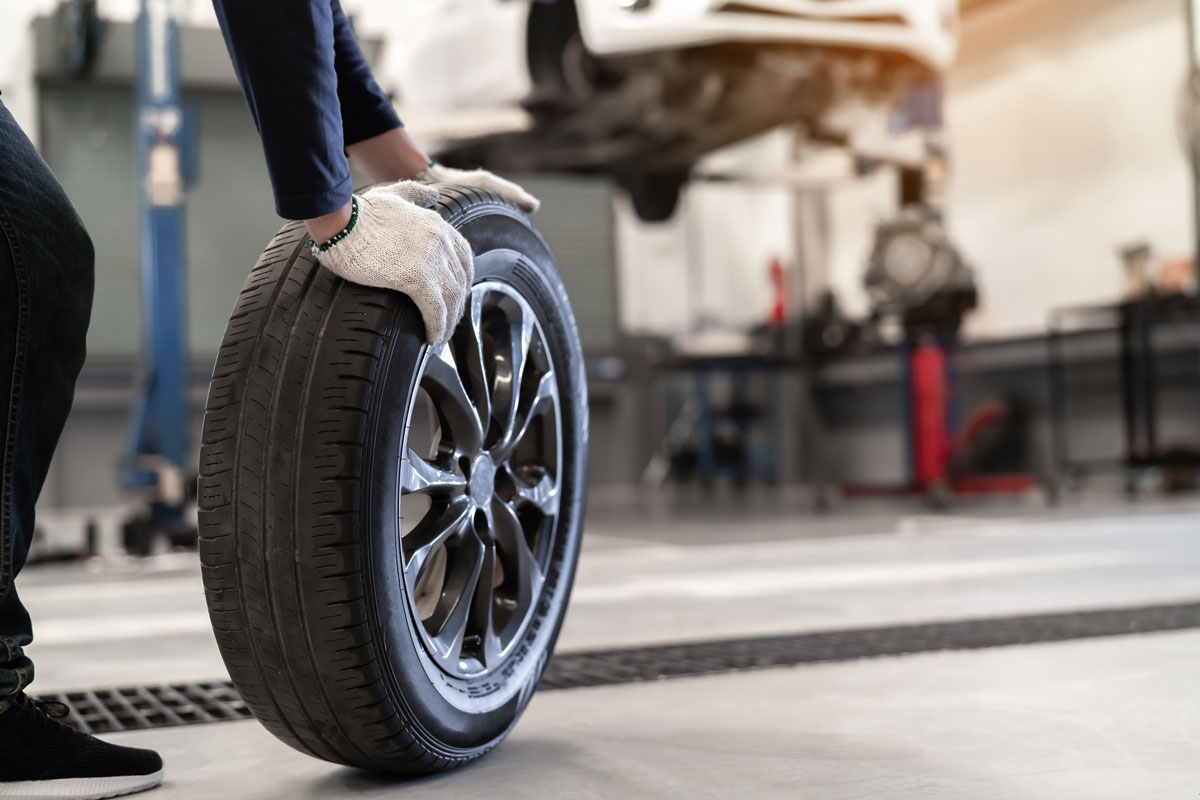
There are situations where the installation of new tires can cause rubbing even though the new tires have the same dimensions as the old ones.
If the old stock tires have rounded edges or shoulders, and the new ones have more aggressive threads that extend to the edges of the tires, then you can experience rubbing when turning or when you hit a deep pothole. A difference in the design of the shoulders of the tires can also cause this issue.
This happens when the space inside the wheel well is too tight that it doesn’t allow for the slightest deviation in the threads of tires, even if they have the same dimensions.
Swap your tires with one that has a similar profile as the old tires to avoid rubbing.
How suspension issues can cause tire rubbing?
If you never modified the size of your tires, but you noticed rubbing whenever you hit a bump or when taking sharp corners, then your car’s suspension is likely starting to fail.
Driving over bumps and taking sharp turns shifts the weight of your car. The shifting weight can cause the suspension to compress.
If your suspension is starting to fail, the compression will cause the tires to come into contact with the wheel well liner or with components of the suspension.
Like all components of your car, the suspension is also subject to wear and tear. Worn suspensions become less effective in dampening the shocks that your vehicle experiences while you’re driving.
It can be hard to identify a sagging suspension because in most cases, you will not notice any change in the height of your car if it is not running.
Bring your car to a professional mechanic to check—and possibly replace—your suspension to fix this issue and also prevent other issues that could come from a failing suspension.
Can misaligned wheels cause rubbing?
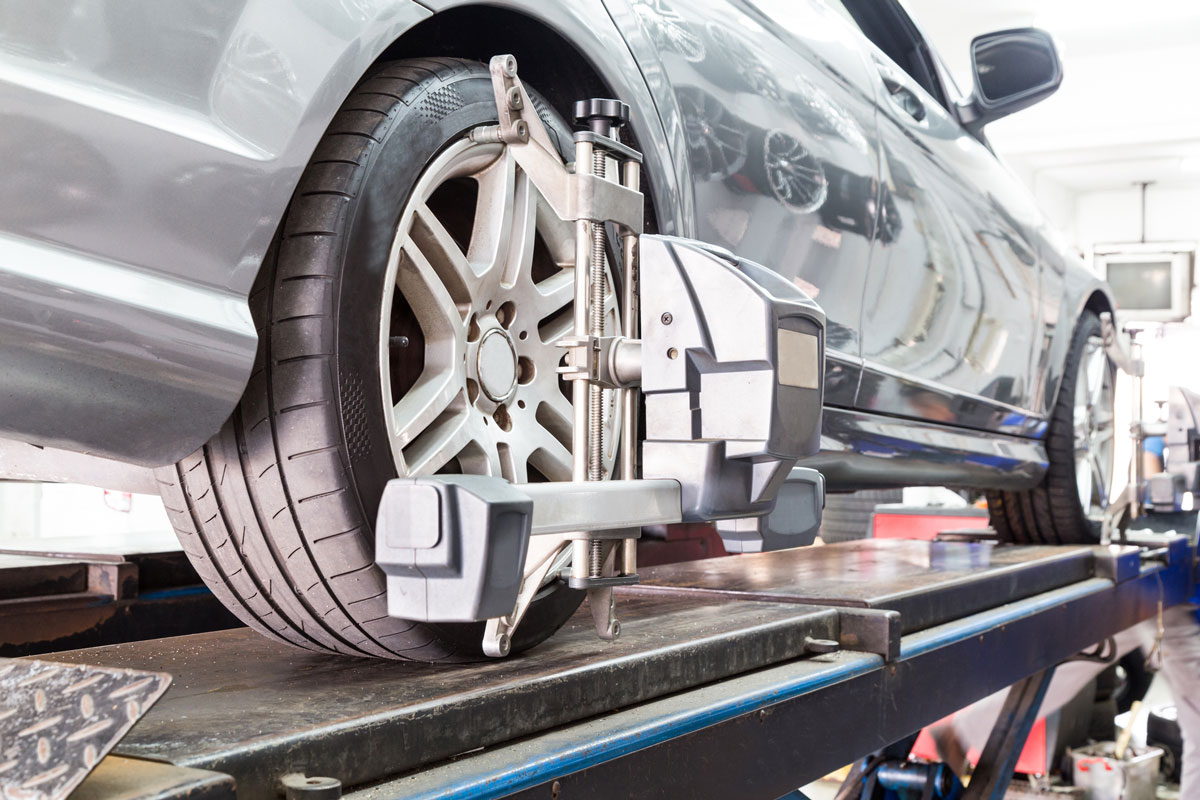
Extreme wheel misalignment can cause rubbing.
Wheel misalignment happens when your tires no longer rotate in a straight line. If the misalignment is extreme, your tires can wobble or rotate at an incline.
In tight wheel well spaces, this slight deviation of alignment can cause rubbing during extreme turns.
Bring your car to a good tire center so they can check the alignment of your tires. They should be able to fix the alignment problem and get rid of the rubbing problem.
Conclusion
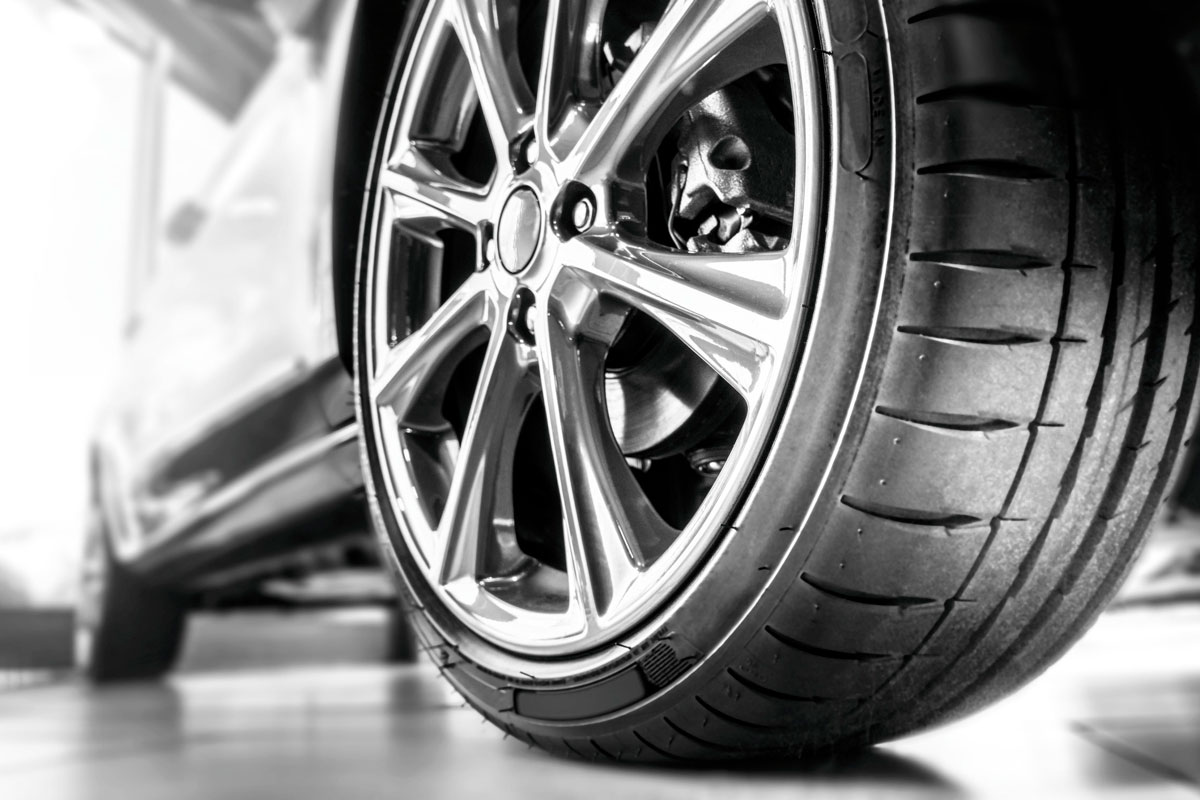
There are several causes of tire rubbing, and each one has a different solution. A common characteristic of tire rubbing is a recent change in the wheel or tire of the car before the rubbing problem. Identifying that recent change will lead you to the solution.
If you enjoyed reading this article, you might find the articles below equally enjoyable to read:
Rubbing Noise When Turning At Slow Speeds – What Could It Mean?

